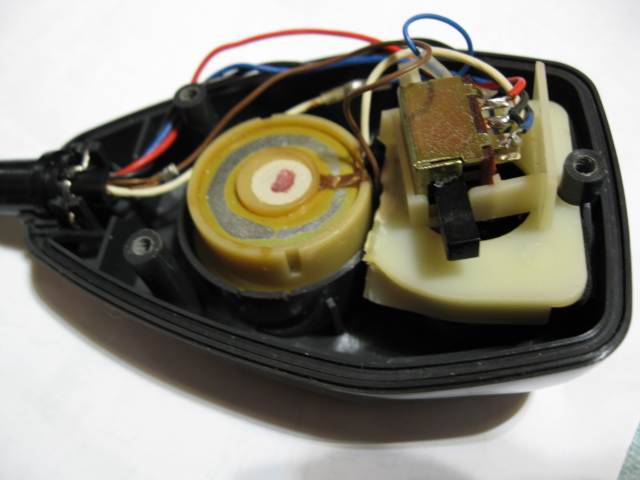

The passive cooling is likely insufficient.The price is unknown, hence price/performance is unknown,.Almost all of my gripes were addressed the AT-6666 is what the AT-5555 should have been, or what I hoped it would be. Sensitivity is fine and on par with the previous models.įor a beta version there are surprisingly few flaws to be found.

I could work what I heard, and in the end that’s all that counts. This radio sounds more like my Yaesu FT-900. The AT-5555 / Superstar isn’t bad, but a bit on the tinny side. The first thing I noticed is that the quality of the modulation improved. At the back we find a micro USB connector, so there’s no need to open up the radio in order to program it. You have an on/off/volume knob and adjustable RF power, RF Gain, Clarifier and Squelch pots. The front panel of the radio is more or less self explaining.
#CRE 8900 DESK MIC DOWNLOAD#
RF power is generated by four 13N10 Power MOS FETS ( download specs here). If this is a beta version, it doesn’t show. The LCD background color is selectable, something I like a lot. The microphone is simple but ergonomic with Up and Down buttons located on top. The AT-6666 is a small radio: 24.6mm x 15.7mm x 4.8mm (depth x width x height, heat sink and knobs included). The ‘old’ Anytone AT-5555 and all its identical twins can be recognized as CB radios from miles away, but this model could fool you. The first thing I noticed is that this radio looks more like ham radio equipment than previous models. – Power / Signal Strength / SWR indication

– CTCSS and DCS encoder/decoder (optional) – Power Output: AM 60 Watts, FM 50 Watts, SSB 60 Watts The catch: without exception it is very easy to modify these transceivers and change them into an (illegal) CB radio. Suddenly these radios are legal to sell, because ham radio operators may use any mode and generally don’t have to worry about power output restrictions. The trick some manufacturers use is to initially limit the frequency range to 28.000 – 29.700 MHz and advertise these radios as ham radio transceivers. Either the power output is too high, the frequency range is too wide, or some modes aren’t allowed. An export radio is basically a CB transceiver that can’t be sold legally in most countries. The AT-6666 is one of many so-called export radios. Last flaw: 5 KHz steps are too coarse for amateur use. This ruled out the possibility of finding the cause, let alone a fix. The most prominent one was the presence of unwanted mixer products up and down the carrier.ĬRT France, apparently very annoyed by my findings, refused to send a service manual.

When I reviewed the Superstar 6900N, which I still own and use, I ran into a few problems. Dubbed to become the successor of the AT-5555, I wondered if some flaws were fixed, or about to be fixed.


 0 kommentar(er)
0 kommentar(er)
